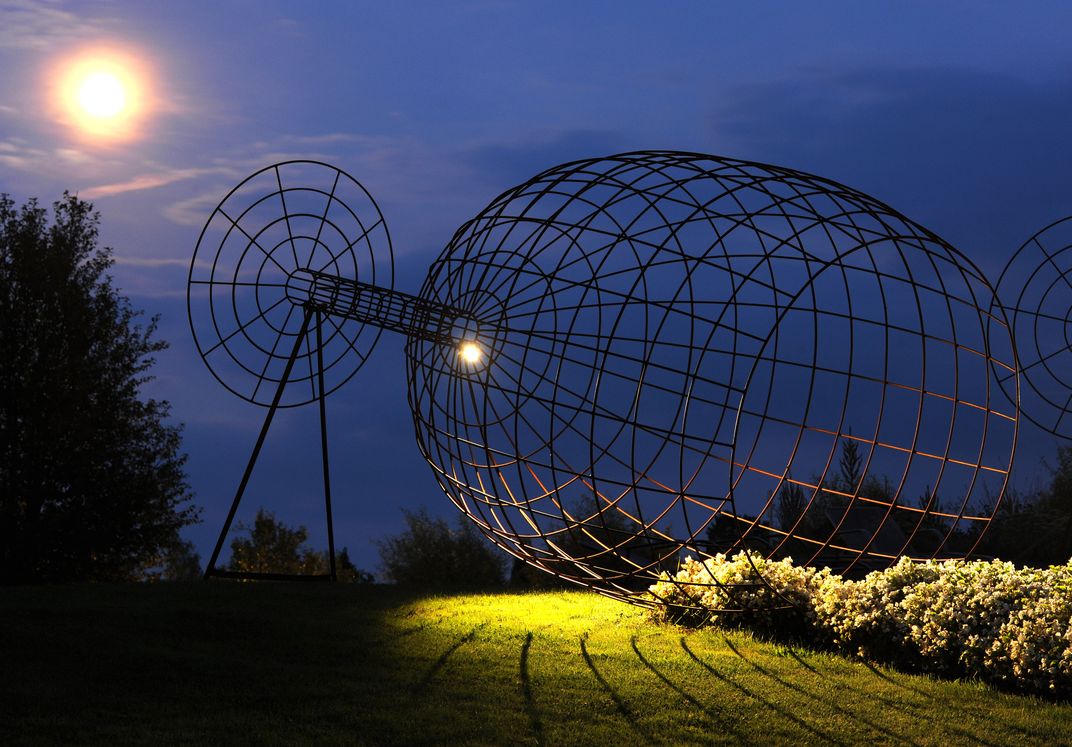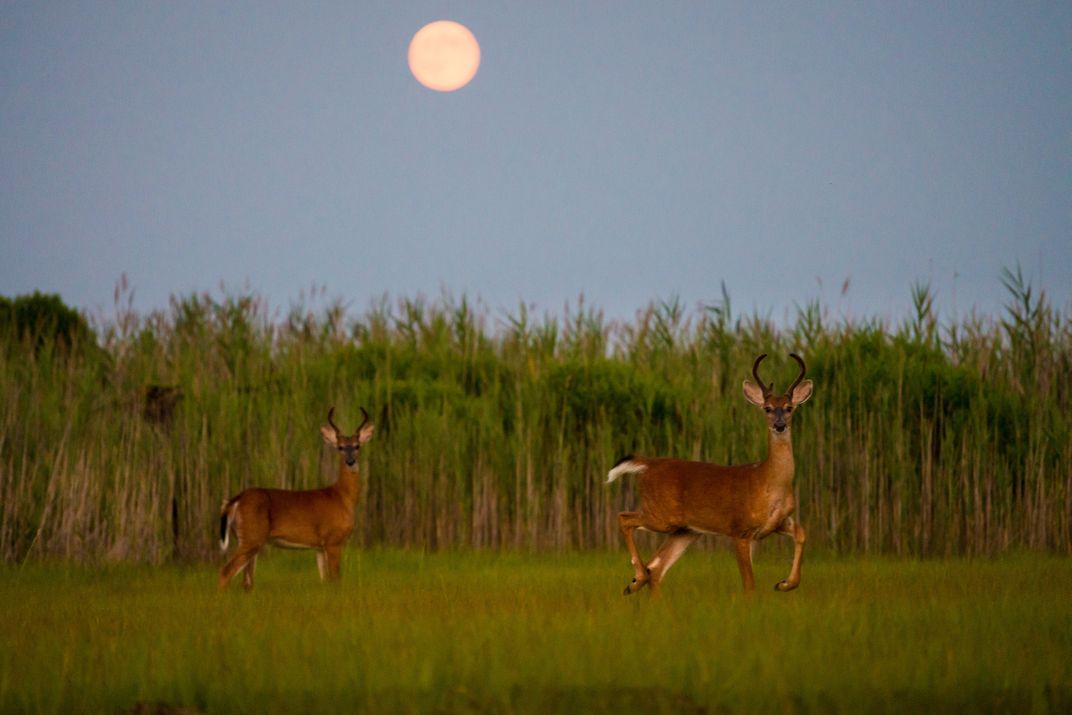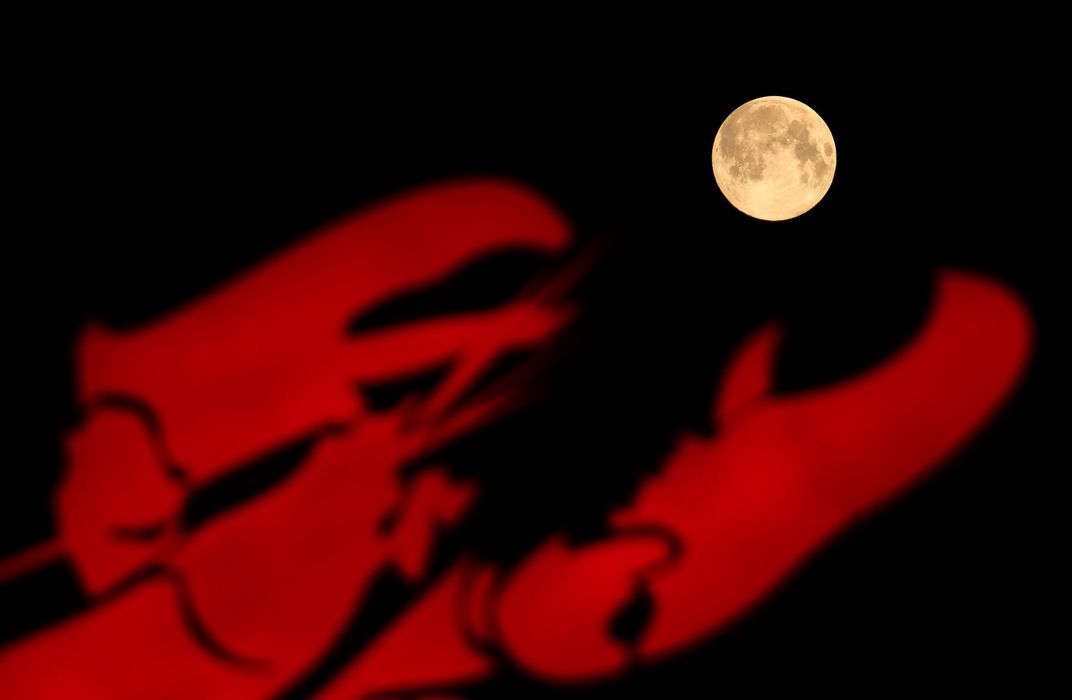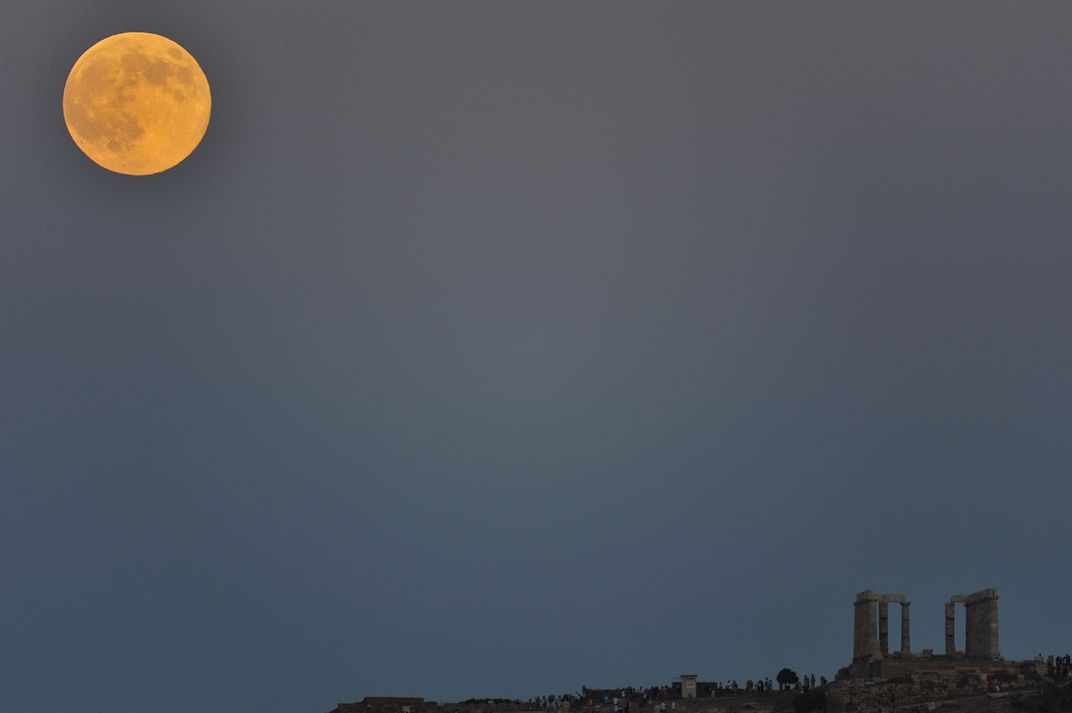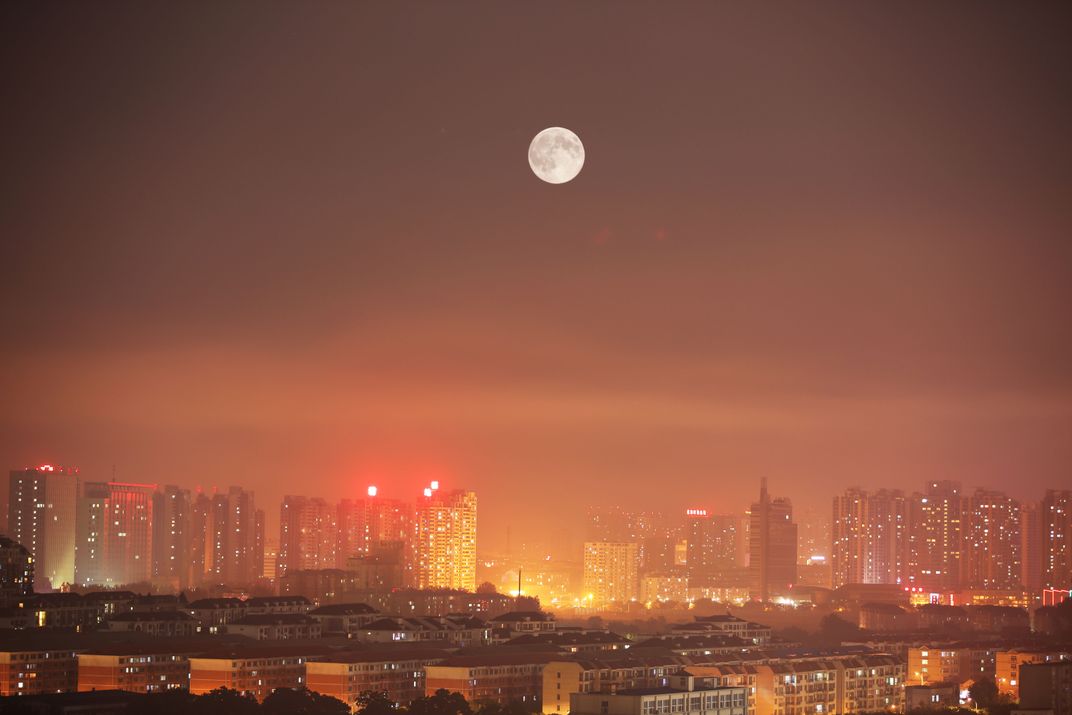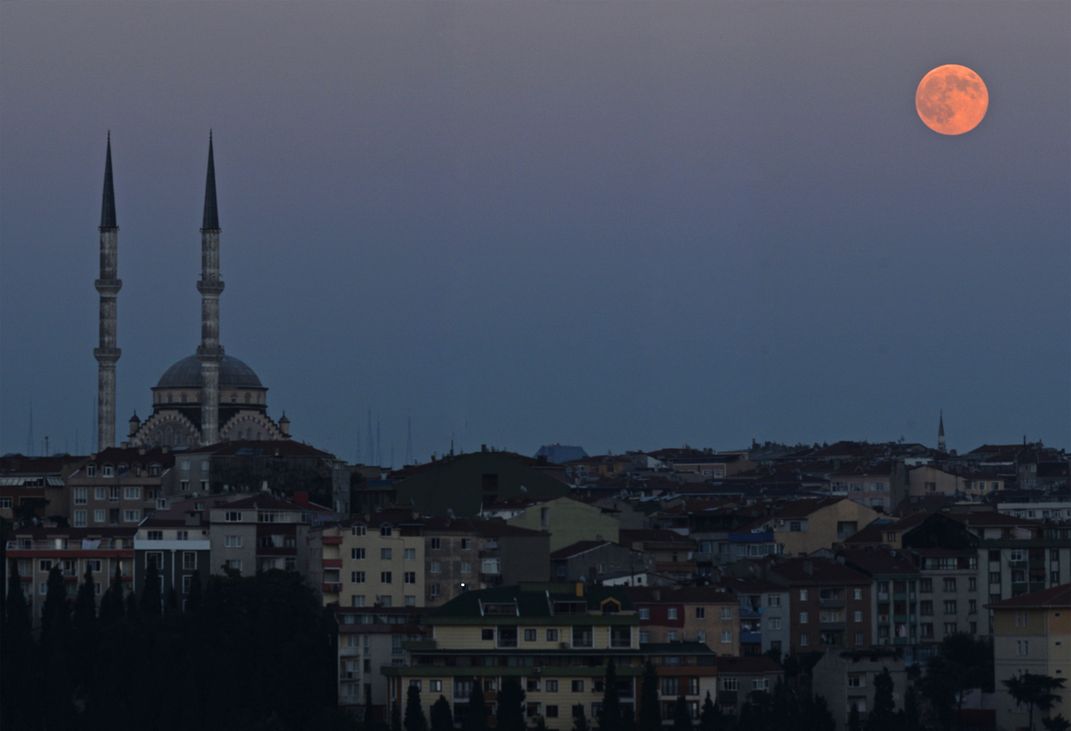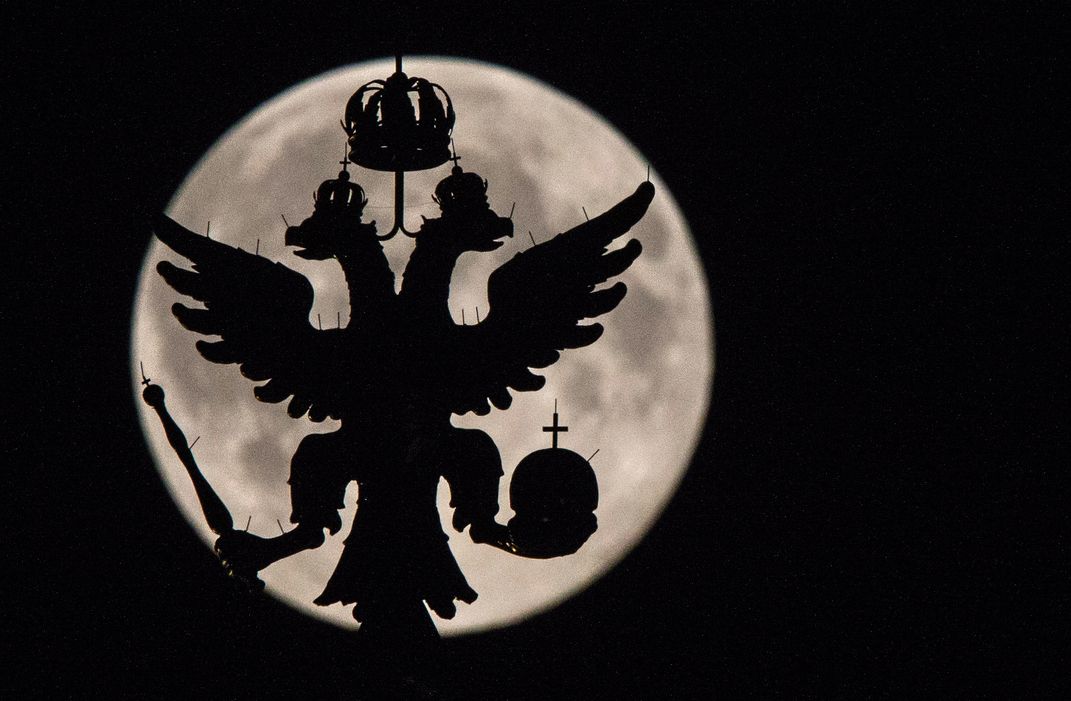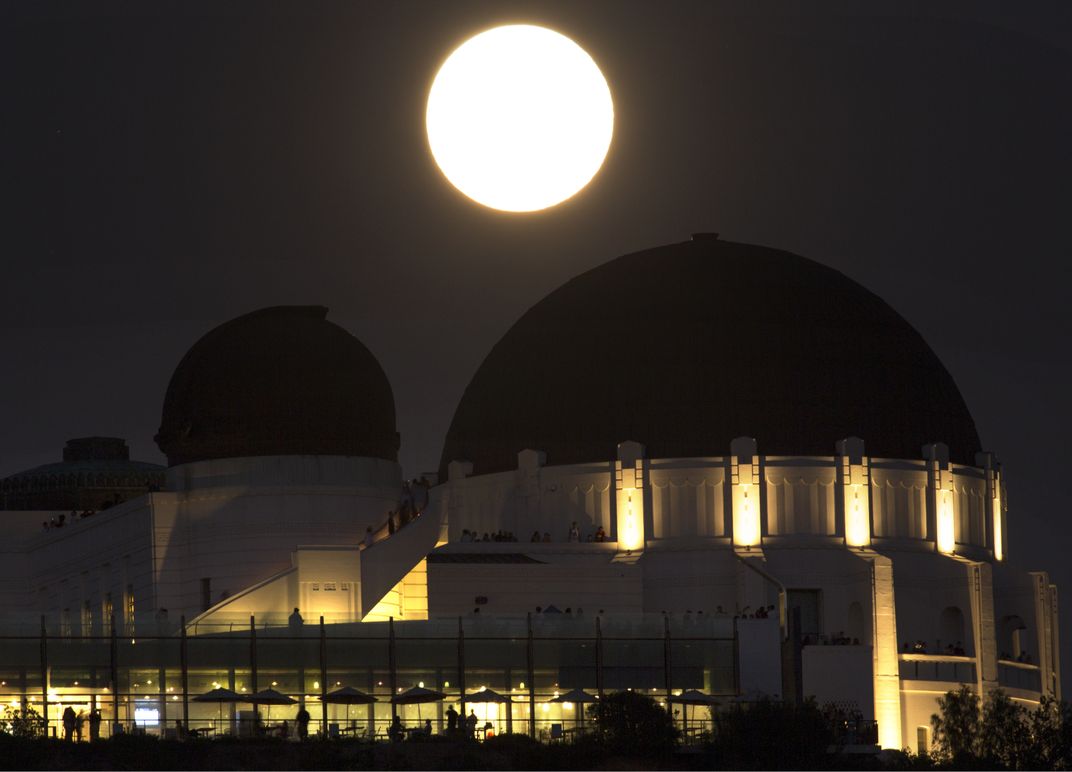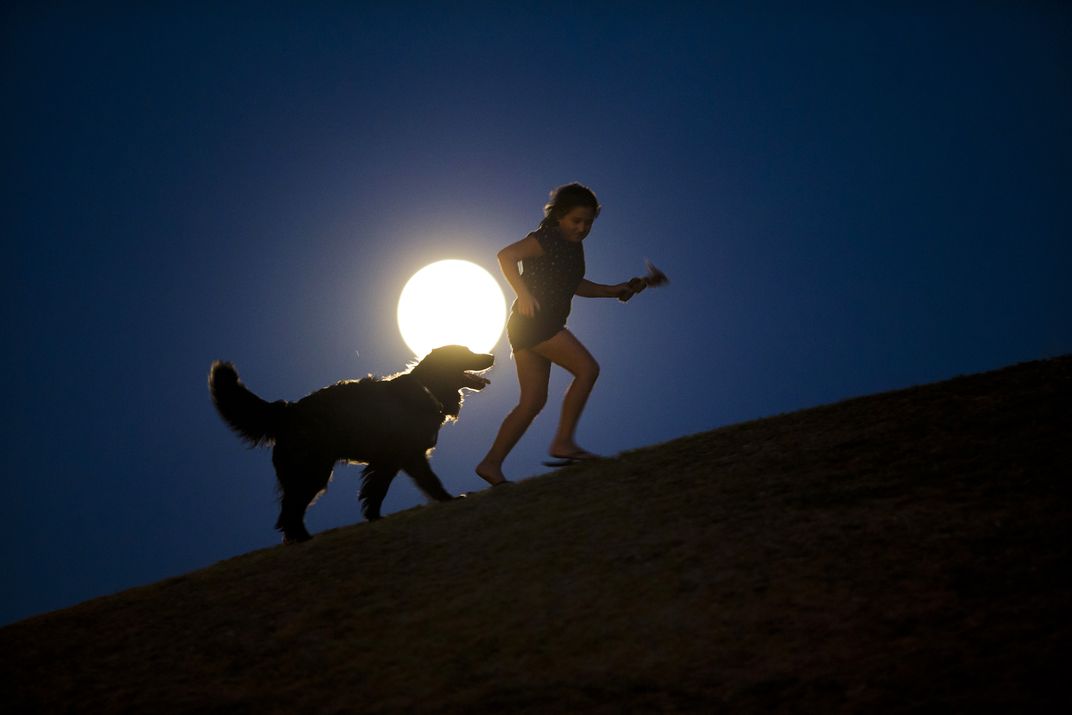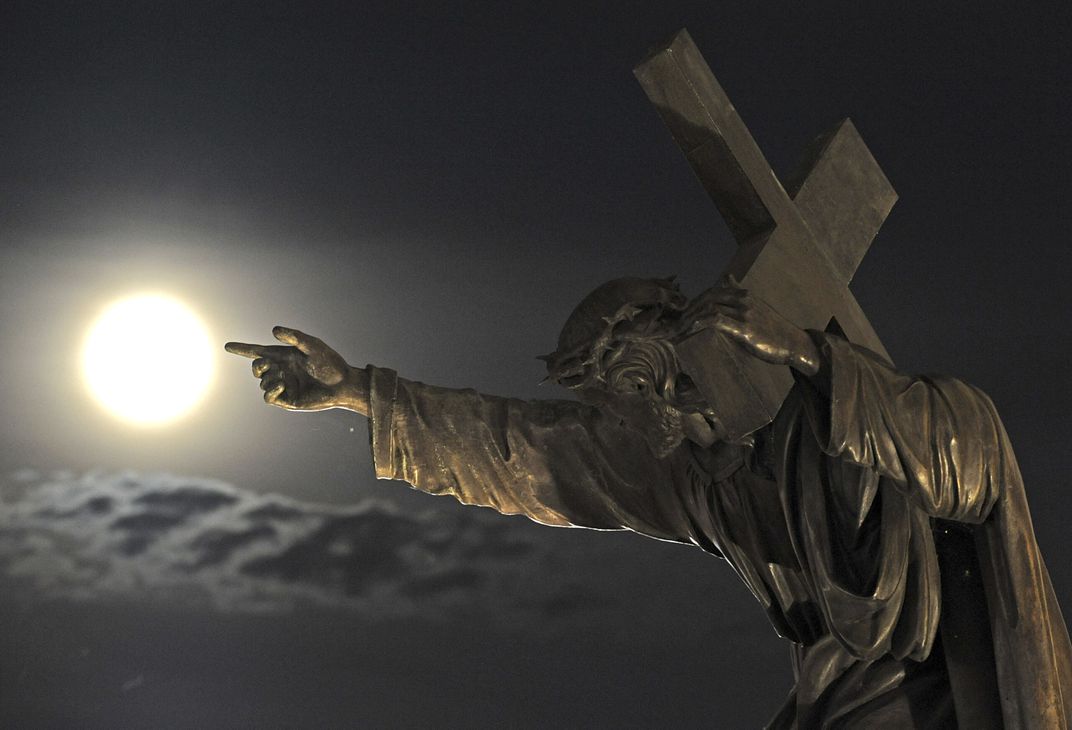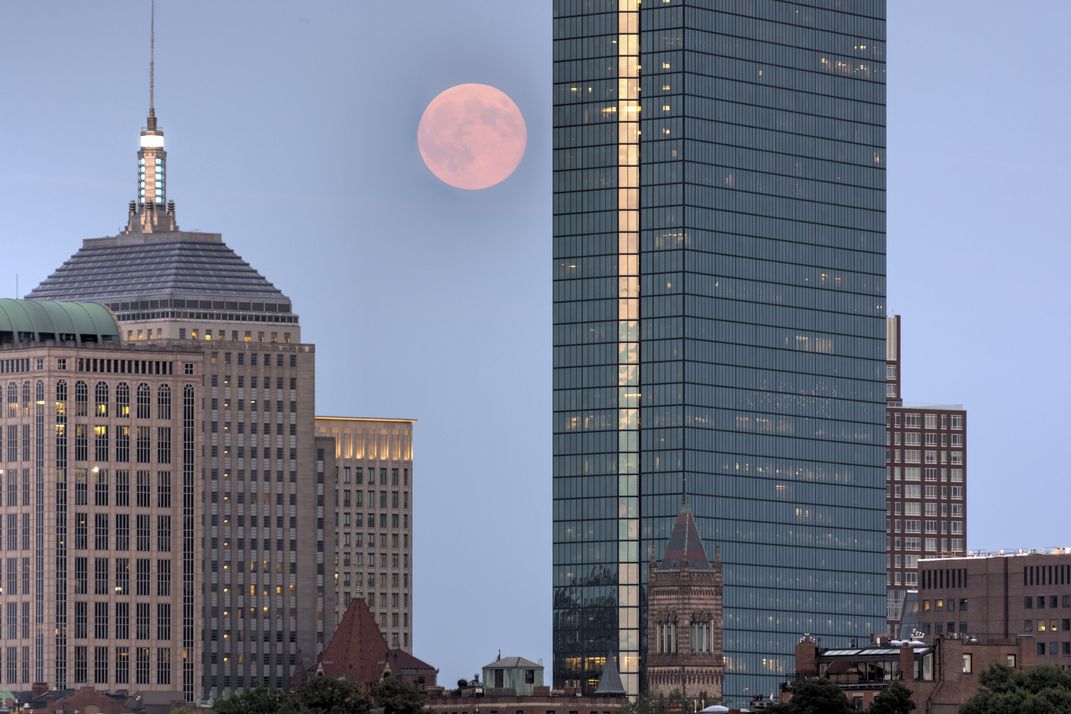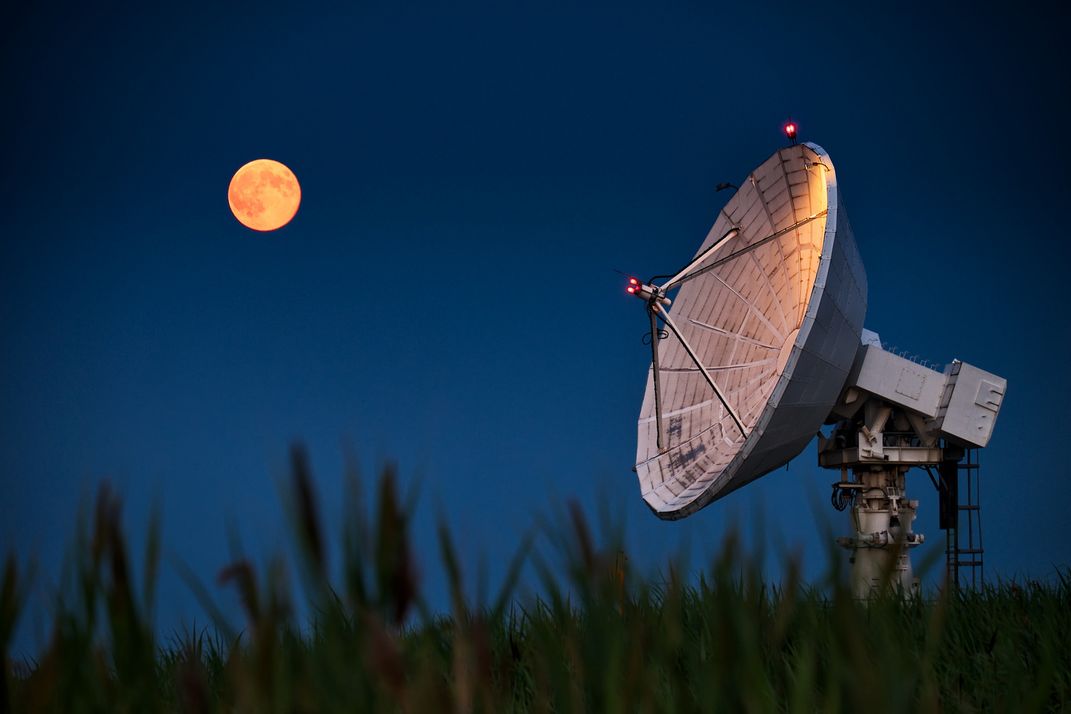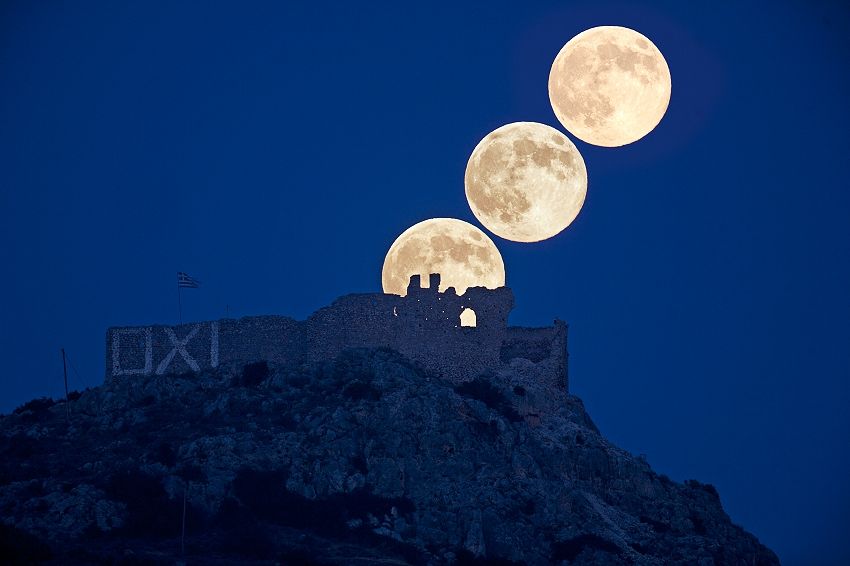Inspiring Photos of the Biggest, Brightest Supermoon of 2014
Feast your eyes on these snapshots from around the world
Did the moon hit your eye like a big pizza pie last night? It wasn’t amore – it was a so-called supermoon. This increasingly popular term refers to a full or new moon at perigee, when our natural satellite gets closest to Earth during its orbit around the planet. The effect makes the full moon look bigger and brighter in the sky and can even create larger than normal tides.
The moon’s orbit does not trace a perfect circle. It follows a slightly elongated, egg-shaped orbit that also has Earth a bit off from center. That means the moon swings a tiny bit closer to us at some point each month. A supermoon happens when this close approach coincides with one of two lunar phases: full, when the moon is between Earth and the sun, or new, when it’s on the opposite side of Earth from the sun.
On average there are four to six supermoons a year, and this year, the fifth and final supermoon of 2014 will come in September. But the exact distance between Earth and the moon varies with each orbit, and the full supermoon that happened this past weekend was the closest one of 2014, bringing the lunar orb a mere 221,765 miles from Earth.
To the unaided eye, spotting a supermoon can be tricky – the difference in the size of the disc compared to a normal full moon is relatively minor. But any full moon is a glorious sight, and excitement over the supermoon phenomenon is a great chance to pull out some cameras and showcase our celestial neighbor.
